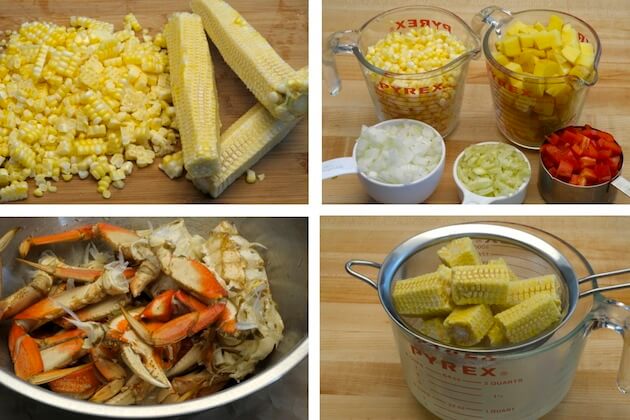From the time I was born until my late 20’s my family owned a house near Union, at the southern-most end of Hood Canal. The house was situated in the middle of a small cove in a little community called Madrona, a collection of summer homes built in the 1960’s by a close-knit group of families from Shelton, Seattle, and Olympia. My dad’s family settled in this part of Washington back in the 1800’s, and generations of his family grew up in the area, so the Canal is truly a place steeped in history for me.
For those of you who have never seen it, Hood Canal is a land-locked finger of Puget Sound. The southern part of the Canal is as calm and smooth as a lake, but the beaches are covered with oysters. On a big low-tide day, half of the cove turns into beach, exposing starfish, sea anemones and other strange sea life. The sharp peaks of the Olympic mountains fill the western horizon and the hills surrounding the water are thick with douglas fir, vine maples, hemlock, salmonberry, and ferns. The water is cold, but in August, if the conditions are right, it warms up just enough to make swimming tolerable (okay, maybe even fun if you are between the ages of 6 and 16).
A typical dinner for us in August at the canal was grilled salmon, local corn on the cob, steamed clams with butter, a big bowl of fresh Dungeness crab meat served with cocktail sauce and lemon, and homemade sour cream chocolate chip cake. We’d pick up the salmon in Belfair and buy our corn at Hunter Farms. We’d dig clams at low tide and always catch the crabs ourselves.

Let me just say that I am not a good fisherman. I just don’t have the patience for it. But setting a crab trap, that’s a different story. I know how to load the bait box (we’d use chicken parts warmed in the sun until they were, “ewww… stinky!”) and how to tell a male crab from a female, and how to safely remove the crabs from the trap without getting pinched. I know how to cook a crab, how to clean it, and how to get all of the meat out, even from the body.
We would row out to the pots in mid-afternoon. Usually, we’d find at least 6 crabs inside. Then we’d check to see which ones we could keep. We’d check to see if they were male or female, and measure them to make sure they were regulation length (6.25 inches). Females and “too smalls” were tossed back into the water. Then we’d reset the trap and head back into shore, with all of the “keepers” scurrying between our legs on the floor of the boat.
Soon a pot of water would be boiling on the stove. We’d cook the crabs, clean them, and pile them into a giant bowl on a newspaper-covered picnic table out on the deck. A group would gather around – usually it was the girls – and attack the bowl of claws and bodies with our crackers and picks. Everyone had their own own technique. My mom and my Aunt Lynn were so meticulous – working on the tiniest legs and the labor intensive bodies to extract every morsel of crab meat. Not me! I’d always go for instant gratification, grabbing the biggest claw I could find and trying my best to get the meat out in one solid piece. No matter how many crabs we caught, there were never any leftovers after dinner. Fresh Dungeness crab just tastes too good.

This Fresh Corn & Dungeness Crab Chowder is my little tribute to the first week of August in the Pacific Northwest. It’s sweet, simple, and full of the local flavors I love. If dungeness crab is not available where you live, feel free to substitute whatever local.
I hope you enjoy this recipe as much as I do – it is a true taste of summer for me!
Corn & Crab Chowder
Ingredients
- 1 lb. Dungeness crab meat
- 2 cups fresh corn kernels (3 ears), cobs reserved
- 3 cups diced Yukon Gold potatoes, skin-on
- 1 cup diced Walla Walla Sweet onion (or any sweet onion)
- 1/2 cup diced red bell pepper
- 1/2 cup diced fennel, plus a few fennel fronds
- 2 cups chicken broth (can substitute veggie broth or water)
- 3 cups whole milk
- 3 Tbsp. butter
- 2 Tbsp. flour
- 1 bunch fresh basil leaves, thinly sliced
- Salt & pepper
Instructions
- Cut the corn cobs into 2-inch chunks.
- In a large pot, heat the chicken stock until it begins to simmer. Add the corn cobs, cover and simmer for 10 minutes.
- While the cobs are cooking, prepare a roux. Melt 2 Tbsp. of butter in a small sauce pan. When the butter is melted, whisk in the flour and cook, stirring constantly for one minute. Remove from heat and set aside.
- Strain the chicken stock mixture into a bowl and discard the cobs.
- Return the pot to the stove and add the remaining 1 Tbsp. of butter. When the butter is melted and sizzling, add the onion, bell pepper and fennel. Cook, stirring occasionally, until the onions are soft, about 3 minutes. Season generously with salt and pepper.
- Whisk the roux mixture into the onion mixture, then add the potatoes, corn, 1 cup of the reserved chicken stock, and 3 cups whole milk. Bring the chowder to a boil, then reduce heat and simmer until the potatoes are tender, about 10 minutes.
- Taste the chowder and adjust the seasoning as needed.
- Just before serving, stir in the crab (reserving a few nice pieces for garnishing), sliced basil, and fennel fronds.
- Garnish with a few additional pieces of crab meat and serve immediately.


